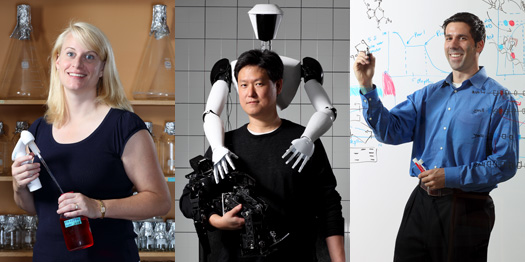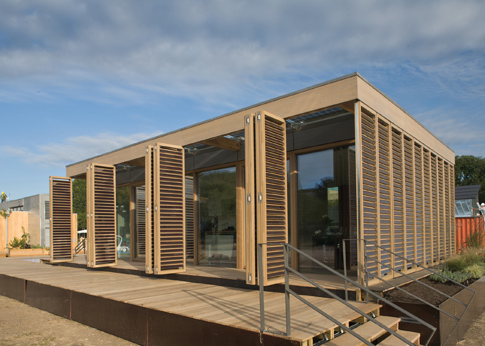

[Darpa’s](the Department of Defense’s mad science lab Darpa) addiction to out-of-this world schemes has rubbed off in the best way on the government’s more peaceful push for an energy revolution. Liquid metal batteries, bacteria that convert sunlight and carbon dioxide into gasoline, and artificial enzymes for carbon capture represent just a few of the 37 projects that have received $151 million in funding from the U.S. Department of Energy’s new ARPA-E agency.
The Advanced Research Projects Agency-Energy (Arpa-E) takes its inspiration from the Department of Defense’s mad science lab Darpa, and has $400 million in initial funding to help seed a number of cutting-edge projects over the next two years. Among the first round projects, 43 percent are small businesses, 35 percent are educational institutions, and 19 percent are large corporations.
“Arpa-E is a crucial part of the new effort by the U.S. to spur the next Industrial Revolution in clean energy technologies, creating thousands of new jobs and helping cut carbon pollution,” said Energy Secretary Steven Chu.
Other pieces have already fallen into place. The New York Times reports that the U.S. Senate confirmed Arun Majumdar, a scientist at the Lawrence Berkeley National Laboratory in California, as head of Arpa-E last Wednesday.
The newly-funded projects cover a wide range of emerging technologies for tackling energy problems. A crystal growth technology developed by Momentive Performance Materials received $4.5 million to greatly lower the cost of making energy-efficient LED lights. Another technology that efficiently captures carbon from industrial processes using coal or biomass received $5 million to scale up to a pilot plant at the National Carbon Capture Center.
More than $8 million goes to a new shrouded wind turbine design that can deliver more energy and reduce noise and safety concerns. About $9 million is devoted to a hybrid thermal and mechanical drill that reduces wear on the drill bits, and may provide more cost-effective access to geothermal energy. Even a coalition led by General Motors received just over $2.6 million to develop a shape memory alloy that can convert waste heat from car engines into electricity.
We’ve previously laid out a roadmap of the technologies that may help the world meet goals for reducing carbon dioxide emissions. We’re plenty happy to see the Department of Energy pushing forward now with some potentially groundbreaking technologies — for a full listing of projects, see Arpa-E’s official website.







